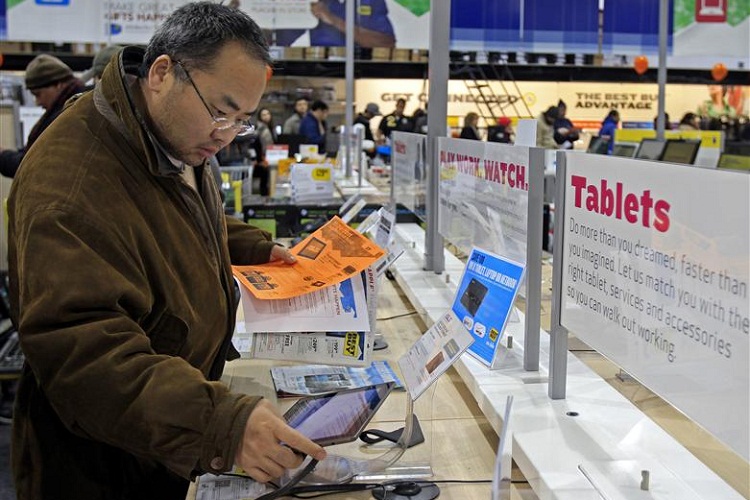
Over the past few years, signs have pointed to a number of consumer tech product markets reaching their maturity. In the western markets, for example, we are well into replacement cycles for products like PCs, smartphones, and even tablets to a degree.
When a market becomes more of a replacement market than a first time buyer market, interesting things happen. Primarily, it segments, and new products start focusing on specific features that may be attractive to certain segments of the market, large and small. The outcome of this is an increase in consumer choice.
Some categories have more choices than others, of course. TVs, for example, which have been in a replacement cycle for many years, offer a wide variety of displays, ports, sizes and price ranges. Similarly, the traditional PC is now seeing an increase in form factor choices. The smartphone is the latest device that’s beginning to see this increase in consumer choice. We have smartphones with different colors, display options, screen sizes and prices. The tablet is not quite there yet, but it’s on the cusp the same trend happening.
When an increase in consumer choices comes to a product segment we know, the market has reached a point of maturity. When a market reaches maturity, competition heats up. An increase in competition is always a good thing for consumers.
2014 will mark a critical point for many of us industry observers due to the above points. When a market reaches maturity, often the competitive dynamics begin to shift. How companies competing in consumer tech product segments react to this shift is key to thriving in the market going forward.
A key shift in mature markets can often favor ecosystems. An ecosystem could be a hardware ecosystem, software ecosystem, services ecosystem, or some combination of all three. In mature markets, the companies that create the strongest lock-in are the best suited to compete. This lock-in has to be something a consumer desires rather than a lock-in that results in a consumer feeling trapped, like the lock-in most cable companies inflict upon consumers.
Companies like Apple, Amazon and Google seem to be best positioned for how the market is evolving. Samsung is in a tough spot. Like many Android OEMs, consumers can easily switch out hardware year after year as they find products that better fit their needs. Android OEMs compete year after year for new and existing customers. Android fosters more lock-in for Google than it does for Google’s hardware partners, whereas Apple and Amazon have a more clear lock on their customers in ways their customers value. The shifting dynamics of a mature market will affect many players in the market, but they will give some more of an advantage than others.
As I look at this theme of consumer choice, I find what’s happening in wearables interesting. Wearables, particularly health-focused ones, seem to be already starting with an increase of consumer choice. One of the reasons for this is because a wearable is not a standalone product the same way a PC, smartphone or tablet is. A wearable is fundamentally an accessory to our PC, smartphone and/or tablet. Because of this, the market is starting off with a wide array of consumer choice, and this will only continue to develop. As a result, I believe wearable tech products will offer more specific-purpose value propositions than general-purpose ones — at least for the foreseeable future.
Mature markets are much more interesting for many of us in the industry. When companies invest to compete both for existing customers and the customers of other companies, the consumer always wins.
Bajarin is a principal at Creative Strategies Inc., a technology industry analysis and market intelligence firm in Silicon Valley. He contributes to the Big Picture opinion column that appears here every week on TIME Tech.
More Must-Reads from TIME
- Cybersecurity Experts Are Sounding the Alarm on DOGE
- Meet the 2025 Women of the Year
- The Harsh Truth About Disability Inclusion
- Why Do More Young Adults Have Cancer?
- Colman Domingo Leads With Radical Love
- How to Get Better at Doing Things Alone
- Michelle Zauner Stares Down the Darkness
Contact us at letters@time.com